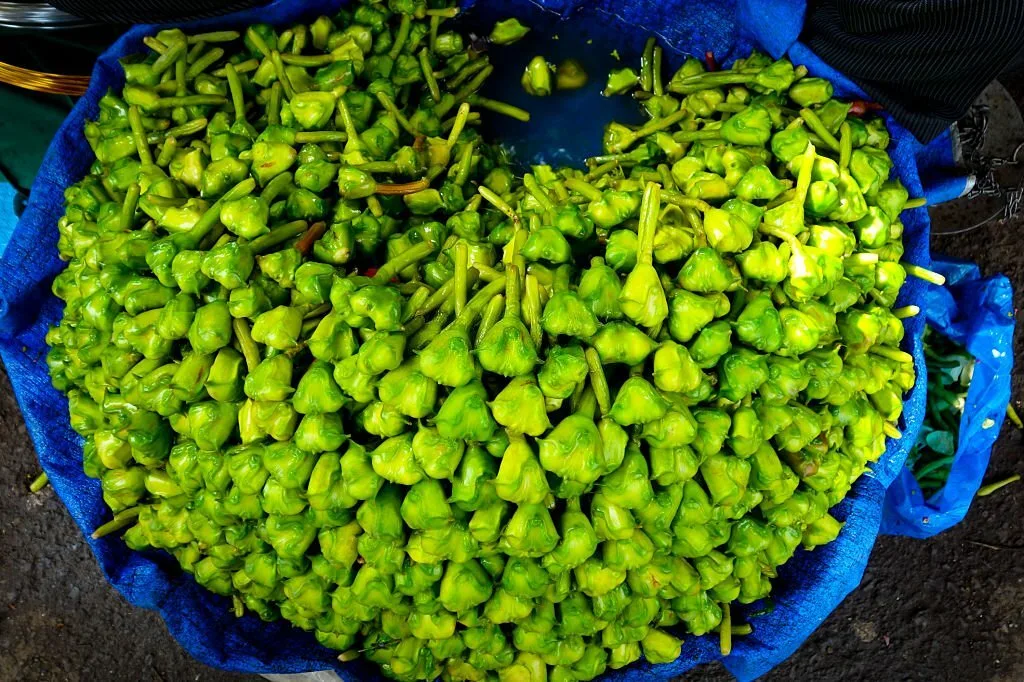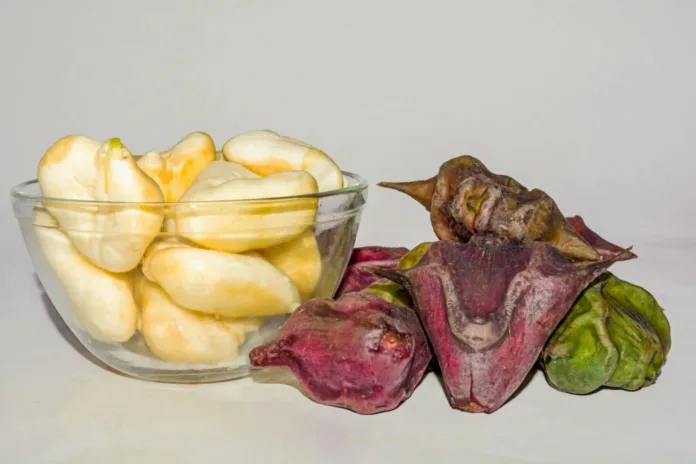Water chestnuts are a delicious and nutritious aquatic vegetable that can be enjoyed in a variety of dishes. They are native to Southeast Asia and have been cultivated for centuries. Water chestnuts have a mild, nutty flavor and a crisp, crunchy texture. They are a good source of fiber, vitamins, and minerals, and they offer a number of health benefits.
Here are some of the reasons why you should eat water chestnuts:
They are low in calories and fat. Water chestnuts are a low-calorie, low-fat food, making them a good choice for people who are trying to lose weight or maintain a healthy weight.
They are a good source of fiber. Fiber is important for digestive health, and it can also help to lower cholesterol levels and regulate blood sugar levels. Water chestnuts are a good source of both soluble and insoluble fiber.
They are a good source of vitamins and minerals. Water chestnuts are a good source of vitamins C and B6, as well as minerals such as potassium, manganese, and copper. Vitamin C is an antioxidant that can help to protect the body from damage caused by free radicals. Vitamin B6 is important for nerve function and energy metabolism. Potassium is important for blood pressure regulation and muscle function. Manganese is important for bone health and metabolism. Copper is important for red blood cell production and immune function.
They may help to improve heart health. Water chestnuts contain potassium, which can help to lower blood pressure. They also contain antioxidants, which can help to protect the heart from damage.
They may help to boost the immune system. Water chestnuts contain vitamin C, which is important for immune function. They also contain antioxidants, which can help to protect the body from damage caused by free radicals.
They may help to improve digestion. Water chestnuts are a good source of fiber, which is important for digestive health. Fiber helps to keep the digestive system moving and it can also help to prevent constipation.
They are versatile and can be added to a variety of dishes. Water chestnuts can be eaten raw, cooked, or canned. They can be added to salads, stir-fries, soups, stews, and curries. They can also be used in desserts, such as water chestnut cake and water chestnut ice cream.

Here are some tips for incorporating water chestnuts into your diet:
Add them to salads. Water chestnuts add a crisp, crunchy texture and a mild, nutty flavor to salads. Try adding sliced water chestnuts to your next green salad or Caesar salad.
Use them in stir-fries. Water chestnuts are a popular ingredient in stir-fries. They add a bit of sweetness and crunch to the dish. Try adding sliced water chestnuts to your next stir-fry with chicken, beef, or shrimp.
Add them to soups and stews. Water chestnuts can add texture and flavor to soups and stews. Try adding sliced water chestnuts to your next pot of chicken noodle soup or lentil soup.
Use them in curries. Water chestnuts are a common ingredient in Thai curries. They add a bit of sweetness and crunch to the dish. Try adding sliced water chestnuts to your next massaman curry or green curry.
Use them in desserts. Water chestnuts can be used in a variety of desserts, such as water chestnut cake and water chestnut ice cream. Water chestnut cake is a traditional Chinese dessert made with ground water chestnuts, sugar, and eggs. Water chestnut ice cream is a refreshing and delicious dessert made with water chestnuts, sugar, and milk.
Water chestnuts are a delicious and nutritious food that can be enjoyed in a variety of dishes. They are a good source of fiber, vitamins, and minerals, and they offer a number of health benefits. Try incorporating water chestnuts into your diet today!




